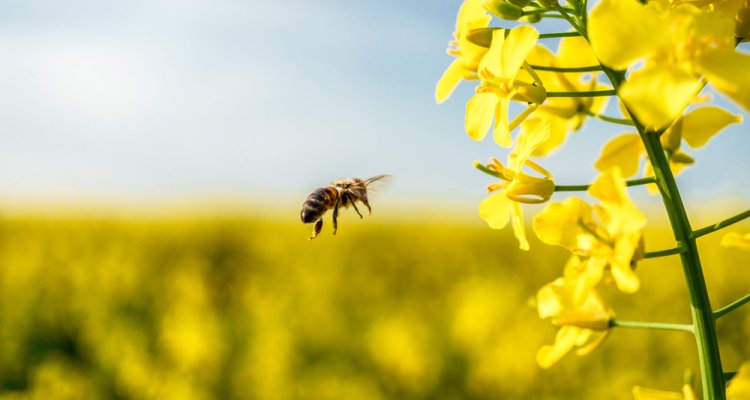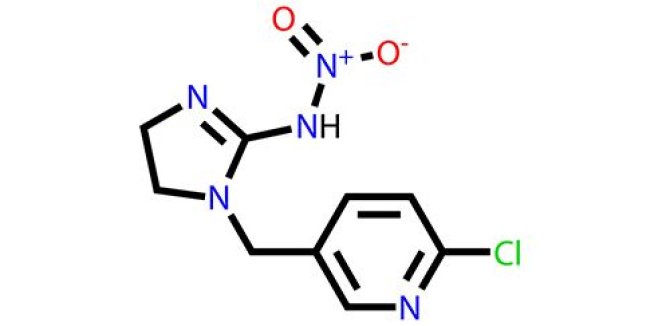
Dossier
Imidacloprid - a neonicotinoid
Imidacloprid is a controversial insecticide. This substance (a neonicotinoid) was designed to protect plants against insect damage, but there are indications that the substance is harmful to the environment. It has been the subject of studies for several years, and the results of these studies seem to point towards negative effects on both aquatic and terrestrial fauna.
Insecticides and bird decline
Professor Frank Berendse and colleagues published an article in which they argued that the use of insecticides are the decisive factor in the decline of breeding birds in Europe (2010). Neonicotinoids are part of much used insecticides (various sources estimate market share between 25 and 40 percent).
Imidacloprid can be deadly to mayflies
Researchers Ivor Roessink and Paul van den Brink demonstrated in this article (2013) that the substance of imidacloprid in low quantities in surface water can be deadly to mayflies. Based on this study, the Board for the Authorisation of Plant Protection Products and Biocides decided to review the current norms for this substance.
Effect of imidacloprid on bees
The effects of imidacloprid (and other neonicotinoids) on bees are subject to debate. Next to the use of insecticides, there are more factors influencing bee mortality, like the presence of the parasitic Varroa destructor and the large decline in the acreage of host plants, as demonstrated in this article by Wageningen scientist Tjeerd Blacquière.
Questions and answers regarding imidacloprid
How toxic is imidacloprid to insects?
Imidacloprid is a neonicotinoid. Neonicotinoids were developed to combat insects that are harmful to agriculture. They are meant to be toxic to insects and less harmful to humans and animals.
A dosage of less than one 100 nanogram (1 nanogram = 0,000000001 gram) is enough to kill insects. Because imidacloprid has got such a high toxicity, you need a relatively small amount of the substance to successfully combat pests. It is important to ensure that the pest species are exposed to the substance whilst harmless and useful insects remain unharmed.
The main problem with imidacloprid is that it does not degrade well if it ends up in the soil or in water. It is a ‘persistent’ substance, and especially in ditches around agricultural or horticultural fields where neonicotinoids accumulate, insects are exposed to the substance for prolonged periods of time. This is not necessarily lethal, but a study conducted by Wageningen UR has demonstrated that ‘chronic exposure’ can be harmful.
How toxic is imidacloprid to bees?
How is imidacloprid used?
Neonicotinoids such as imidacloprid are generally used in a layer (coating) around a seed. The growing plant can absorb the substance and distribute it throughout the entire plant. This way, a seedling can be properly protected against pests but the fields need not be sprayed repeatedly.
Neonicotinoids can end up in the pollen because plants can distribute them internally. It is therefore prohibited to use neonicotinoids in plants that may bloom in the Netherlands, to prevent bees from being exposed.
How does imidacloprid work?
Neonicotinoids work the same way as nicotine. They bind with niconinic acetylcholine, receptors that conduct impulses through the nervous system. Normally, acetylcholine is broken down after the impulse is conducted. But neonicotinoids are not broken down, and as a result the nervous system will keep emitting impulses. This will also render the receptor useless, and as a result insects will be paralysed and die. Neonicotinoids effect the nervous systems of insects much more severely than those of mammals, which means that these insecticides are much more toxic to insects.

Is imidacloprid toxic to humans?
Is imidacloprid toxic to other animals, such as birds?
